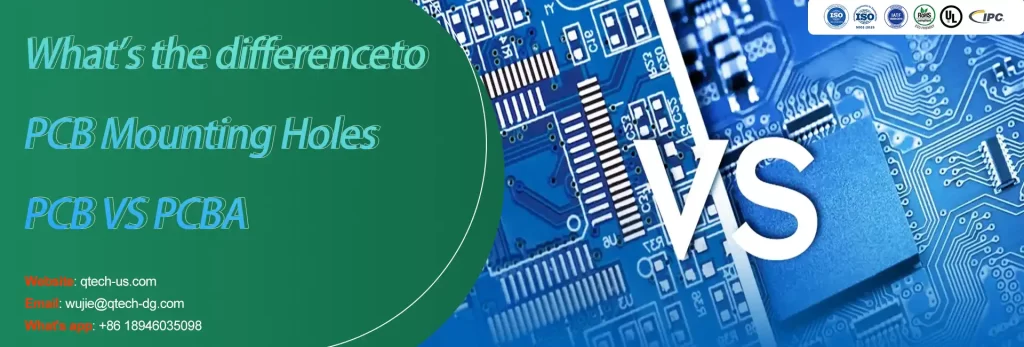
When it comes to electronic gadgets, they are incomplete without a circuit board. Circuit boards have components assembled on a rigid surface, that make up a printed circuit board. The concept of assembling all the required components on a hard surface is called printed circuit board assembly.
In this article, you will learn about PCB VS PCBA and know waht are the differences between them from several detailed aspects.
What’s a PCB?
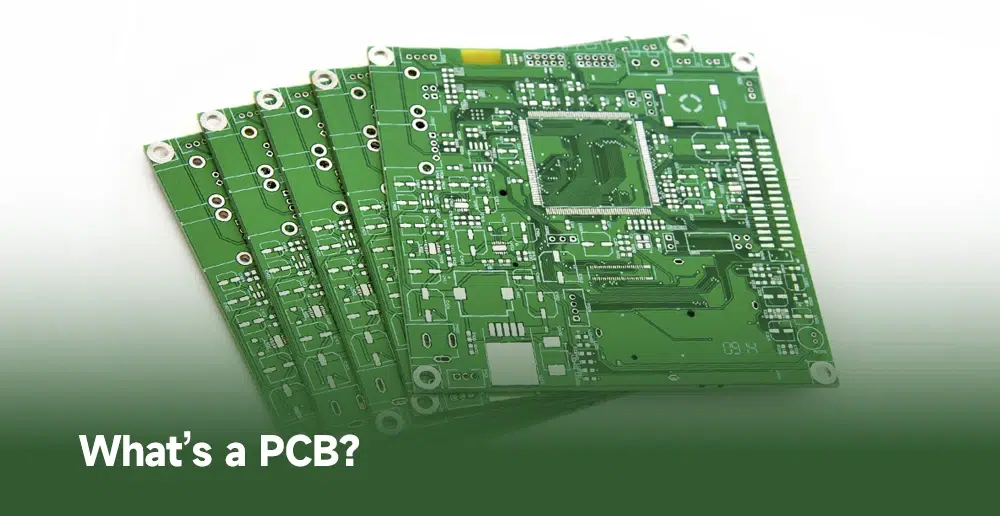
A PCB is typically a hard surface, usually made of a combination of materials such as silicon, plastic, adhesive, etc. A PCB can be hard or soft, but you’ll mostly see hard PCBs. These circuit boards are meant for a smooth flow of electricity between the components embedded on it.
When it comes to PCB vs PCBA, we should learn about the concept first. The concept of PCB states that an electronics commodity’s core or the heart will be a PCB. A PCB ensures all the functionalities of an electronic product. The concept of PCB also states that the electronic components stay intact at once place without getting in unwanted contact with each other. This is possible by embedding each component on a circuit board, so they do not get away from their place.
The working principle of a PCB is the second part to learn about PCB vs PCBA. If you’ve learned about basic electronics and circuits in your school, you’ll get a clear picture of a PCB’s working. All the electronic components are embedded on a hard surface and connected with the help of a conductive material, such as copper. These copper plates run through the components, so each component becomes a part of a circuit. The electricity is passed from a power source such as a battery or external power adapter in order to power up all the components of a PCB.
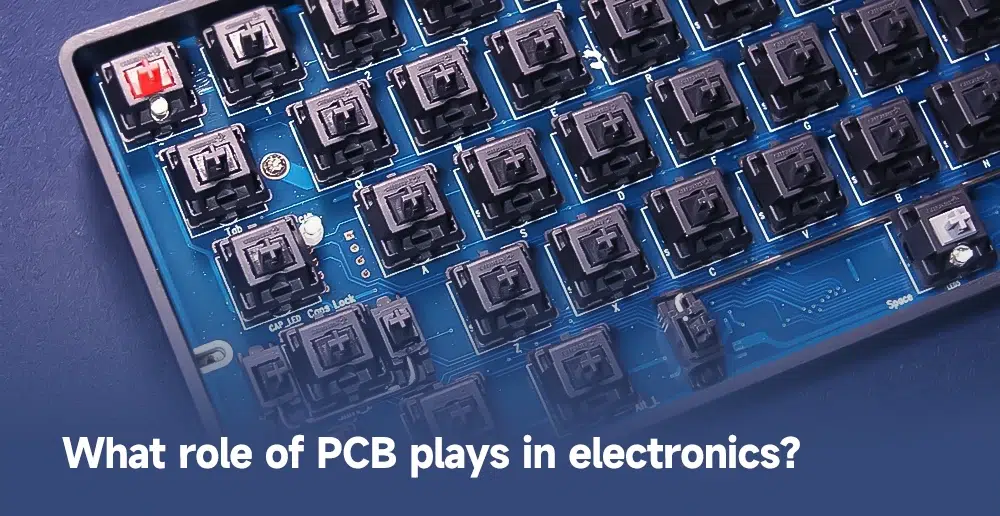
PCB has the core role in electronics, without which the domain of electronics remains incomplete and non-functional. Below are a few roles:
1.The core of electronics is dependent on PCB. A PCB is the central point of electronics, as all the electronics components come into life with the help of PCB.
2.PCB helps in implementing a circuit design in your mind. If you’ve got an idea for a new electronics gadget, then it can be implemented only with the help of a PCB.
1.Single-layer PCB
These type of PCBs have components on one side of the PCB. The other side looks plain and simple, while the other side has all the components assembled. These are one of the most cost-effective types and are mostly used for simple applications such as LED bulbs, etc.
2.Double-layer PCB
Double-sided boards will have components embedded on both the sides of PCB. It means that you’ll notice components such as NAND flash chip, microcontroller, LED, resistors, capacitors, etc., on both the sides of the circuit board along with the copper plating. These are a bit expensive type of PCBs, and used in advanced applications where you need to save space on the board.
3.Multilayer PCB
A circuit board can have several layers of adhesive, plastic, fiberglass, copper, aluminum, etc. These layers are stacked on top of each other and vias are made (holes are drilled) to join each layer with the other. You might be able to see the components on both the sides or on just one side, depending on the circuit design. Multilayer PCBs are difficult to manufacture and that adds to their overall cost of production.
4.Rigid PCB
If you ever broke an electronic gadget, you might have noticed green plate in it. That’s the PCB. Most PCBs you’ll ever find in any gadget will be rigid, which means you cannot fold or twist them. They’re hard and they’ll only break when applied too much pressure. Rigid PCBs are more durable and less prone to accidental damage, which is why they’re the most preferred ones in the electronics industry.
5.Flexible PCB
Flexible PCBs can be twisted and folded without damaging them. They’re mostly made of thin plastic sheets that are flexible in nature. Components usually include aluminum plating. These are mostly used in flex cables such as in printers, etc. You cannot embed hard components such as resistors or capacitors on a flex PCB, which is why they’re rather rare to find in the market.
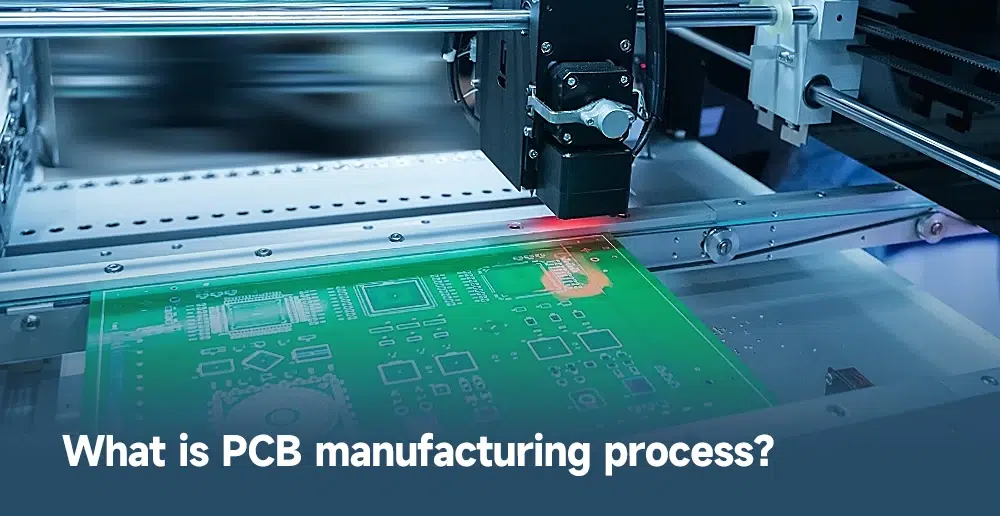
PCB has the core role in electronics, without which the domain of electronics remains incomplete and non-functional. Below are a few roles:
1.The core of electronics is dependent on PCB. A PCB is the central point of electronics, as all the electronics components come into life with the help of PCB.
2.PCB helps in implementing a circuit design in your mind. If you’ve got an idea for a new electronics gadget, then it can be implemented only with the help of a PCB.
1.Single-layer PCB
These type of PCBs have components on one side of the PCB. The other side looks plain and simple, while the other side has all the components assembled. These are one of the most cost-effective types and are mostly used for simple applications such as LED bulbs, etc.
2.Double-layer PCB
Double-sided boards will have components embedded on both the sides of PCB. It means that you’ll notice components such as NAND flash chip, microcontroller, LED, resistors, capacitors, etc., on both the sides of the circuit board along with the copper plating. These are a bit expensive type of PCBs, and used in advanced applications where you need to save space on the board.
3.Multilayer PCB
A circuit board can have several layers of adhesive, plastic, fiberglass, copper, aluminum, etc. These layers are stacked on top of each other and vias are made (holes are drilled) to join each layer with the other. You might be able to see the components on both the sides or on just one side, depending on the circuit design. Multilayer PCBs are difficult to manufacture and that adds to their overall cost of production.
4.Rigid PCB
If you ever broke an electronic gadget, you might have noticed green plate in it. That’s the PCB. Most PCBs you’ll ever find in any gadget will be rigid, which means you cannot fold or twist them. They’re hard and they’ll only break when applied too much pressure. Rigid PCBs are more durable and less prone to accidental damage, which is why they’re the most preferred ones in the electronics industry.
5.Flexible PCB
Flexible PCBs can be twisted and folded without damaging them. They’re mostly made of thin plastic sheets that are flexible in nature. Components usually include aluminum plating. These are mostly used in flex cables such as in printers, etc. You cannot embed hard components such as resistors or capacitors on a flex PCB, which is why they’re rather rare to find in the market.
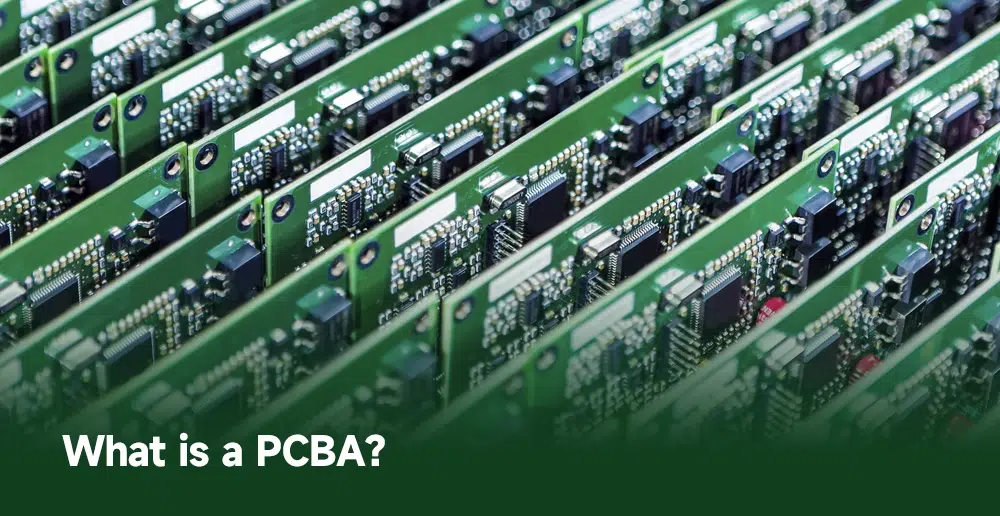
The PCBA comes into picture next to a PCB. A PCBA is the complete assembly of all the components of a circuit that are embedded on a circuit board and are in fully functional condition. The PCBA is short for Printed Circuit Board Assembly, which implies connection of all the components on a circuit board.
The concept of PCBA comes into light only after a PCB. While a raw PCB has nothing on it, the PCBA is the final product. There’s no such rocket science in understanding a PCBA. The concept states that whatever circuit boards you see in electronic gadgets are all PCBAs.
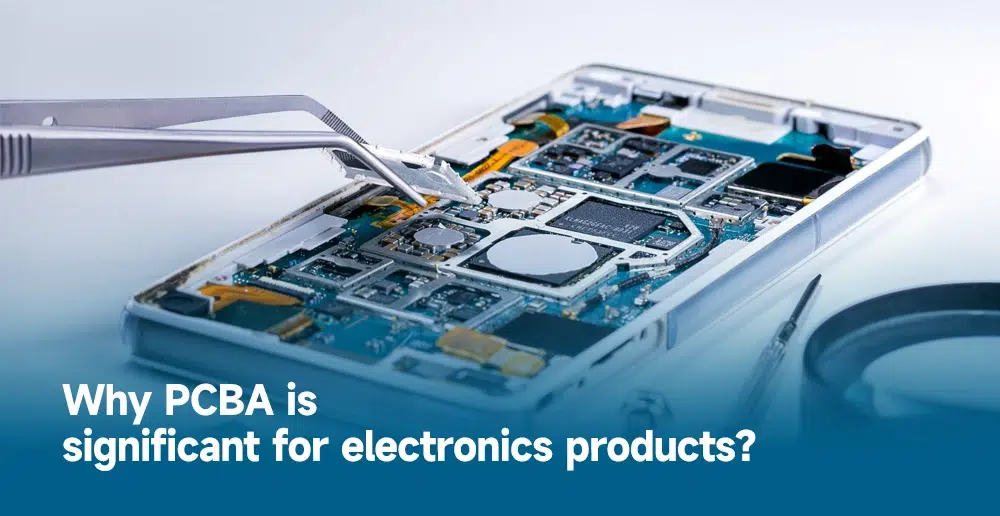
Through the above aspects of PCBvs PCBA, we might wonder what PCBA is important for electronics products. You cannot install a raw PCB in an electronics. You’ll have to finalize the circuit and embed all the components correctly to make them work in an assembly. That’s called PCBA. Therefore, in order to make an electronics work, the significance of PCBA holds high importance in electronics products.
The PCBA manufacturing is very similar to a PCB manufacturing discussed above. Still below is a brief of the entire process.
1.First, the list of components that need to be placed on a PCB are identified.
2.The circuit diagram is designed and the components are placed at their appropriate places on the circuit board according to the diagram.
3.The soldering mask is already applied and the machine is used to make all the pins of the components get soldered to the soldering mask already on the circuit board.
4.The PCBA is checked for any loose connections to ensure that all the components are well-placed and soldered on the circuit board, resulting in a PCBA.
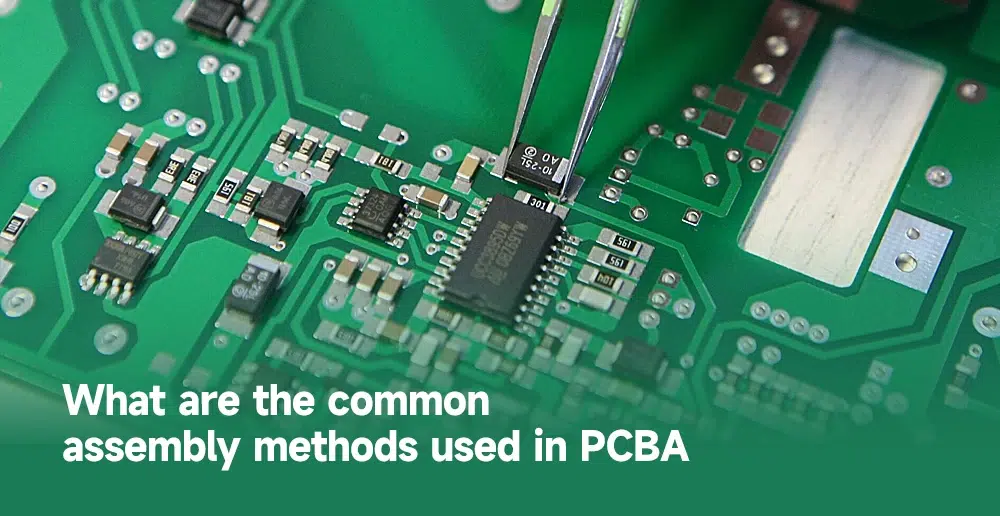
From what we have known about PCB vs PCBA, in general, there can be several PCBA assembly methods, where some of them are briefed below:
In general, these are some machines and tools that you’ll need for PCBA:
1.Pick-and-Place machine
2.Automatic Optical Inspection (AOI) machine
3.Functional Validation Test (FVT) Fixture
4.Wave Soldering machine (for through-hole components)
5.Solder Paste Inspection (SPI) machine
6.Solder Paste Printing machine
7.Glue Dispensing machine
8.Reflow Soldering machine
9.In-Circuit Test (ICT) Fixture
Cost is a crucial factor when we are conducting PCB vs PCBA. In order to calculate the exact cost, you need to contact the manufacturer, who’ll calculate the costs based on the following factors:
1.Size and count of drills
2.Add-ons
3.Lead time
4.PCB surface finish
5.Panel size
6.Layers
7.Inspection charges
8.Type and size of PCB materials
9.Filling vias (PCB vias)
| Difference | PCB | PCBA |
|---|---|---|
| Concepts on PCB vs PCBA | PCB, is a bare circuit board without any electronic components on the surface. It is a circuit board with a simple structure and plays a key role in before PCB assembly. | PCBA, is a circuit board that combines PCB and required electronic components. It is a finished product that can be applied on electronic device. |
| Manufacturing process on PCB vs PCBA | PCB fabrication is to transcribe a circuit board design onto the physical structure. | PCB assembly is to place components onto the board to make it functional. |
| Manufacturing cost on PCB vs PCBA | The PCB manufacturing cost includes raw materials and labor cost. | The PCB assembly can super expensive owing to components and their costs that need to be assembled on the circuit board. |
| Packaging on PCB vs PCBA | Packing a PCB is done in cartons, boxes, etc. They’re stacked on top of each other and there’s almost little to no space in the outer packing boxes. PCBs are packaged by vacuum. | In case of PCBA, once the components are assembled, each PCBA chip is packed separately in a small box, so the components don’t get damaged. They’re handled more carefully to the client than PCB since the components are now assembled and any manhandling can damage the PCBA. PCBAs adopts compartmental or anti-static packaging. |
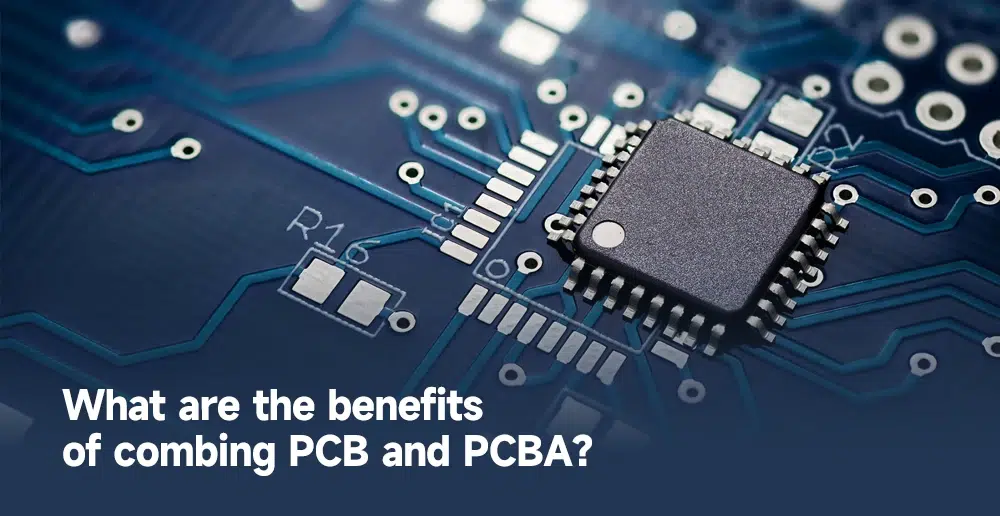
In addition to PCB vs PCBA, sometimes, these two circuit board are usually used together and they’re both complimentary to each other. There are several reasons why they are used together:
1.PCBA comes after PCB. Once the PCB has all the components assembled on it, it automatically gets translated to PCBA.
2.PCB is incomplete without PCBA. This means that no matter how awesome PCB you’ve got, it’s useless unless you’ve assembled all the components on it to make it function.
Advantages
1.PCBA holds the main significance as it is the actual usable product.
2.To make a wonderful PCBA, you’ll also need a good quality PCB. So using high-quality PCB is advantageous in PCBA process.
By now you’ve understood everything about PCB vs PCBA. You’ve gone through a compare and contrast between these two concepts. So if you’re looking for a PCB or PCBA manufacturer, perhaps it’s time to contact Qtech, who’s all about wonderful PCB and PCB assembly.